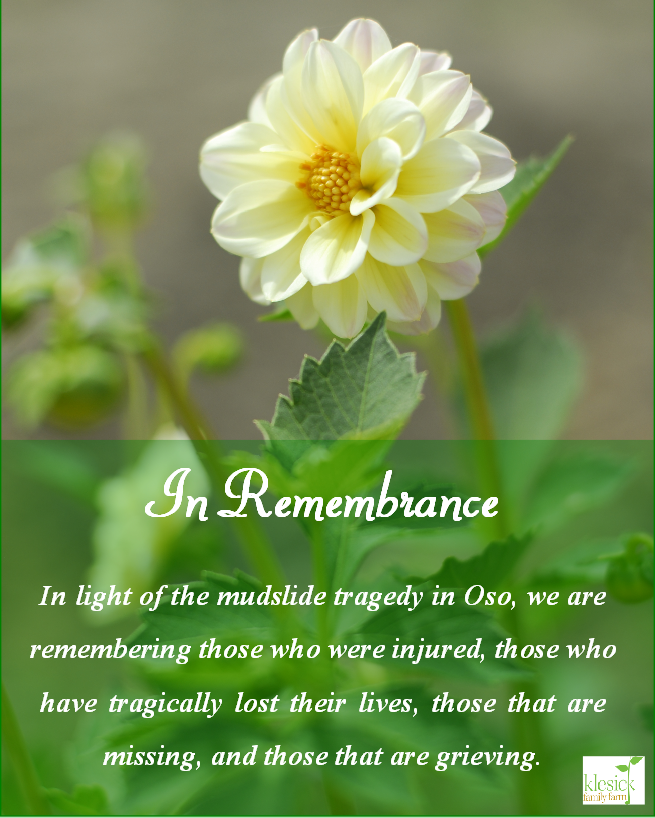I often quote to myself (and to others) that simple prayer by Francis of Assisi, “Lord, grant me the strength to accept the things I cannot change, the courage to change the things I can, and the wisdom to know the difference.”

As the farm season starts to unfold, there are bound to be things that I have planned to do, but just won’t get to. It might be weather related, it could be a timing issue, or it could be just a lack of time. But one thing is for sure, I will get to a lot of things on my list and a few things that weren’t. And at the end of the day, at the end of the farming season, I will have gotten something planted, weeded and harvested.
This week, we are planning on doing something that wasn’t on my farming list. In January, I ordered 4 flats of lettuce to transplant into our greenhouse. Our greenhouse isn’t very big and I was planning on only planting lettuce in half and spinach in the other half. I planted the spinach by seed and then went to get the lettuce transplants—all 512 of them.
When I arrived to get the flats, we walked over to get them and I started to grab the 4 I ordered and the nurseryman asked, “Is that all, you ordered 40?” My response was “gulp.” 40 flats x 128/flat = 5,120 plants. I have never planted 5,120 lettuce plants in my life at one time. So much is really out of our control when it comes to farming, and this week I picked up the remaining 36 flats of lettuce to transplant.
This will be a big undertaking, because the weather has not been the greatest for preparing a seed bed. Well, when an opportunity presents itself, like an extra 4,608 lettuce plants to plant, I stop, pause and evaluate the opportunity and then I pray, “This wasn’t my idea, but Lord if you want to do that, I am game!” Then I start looking for an opportunity to plant 5,120 more heads of lettuce in the first week of spring.
This is a bold move and definitely qualifies as borderline stupid, which is why I normally don’t plant lettuce in March! But sometimes on occasions like this, you discover a new way of doing something and other times you affirm why you don’t do something. Time will tell. For now, I am going with Providence and growing a lot of lettuce at the Klesick farm!
Your local lettuce farmer,


